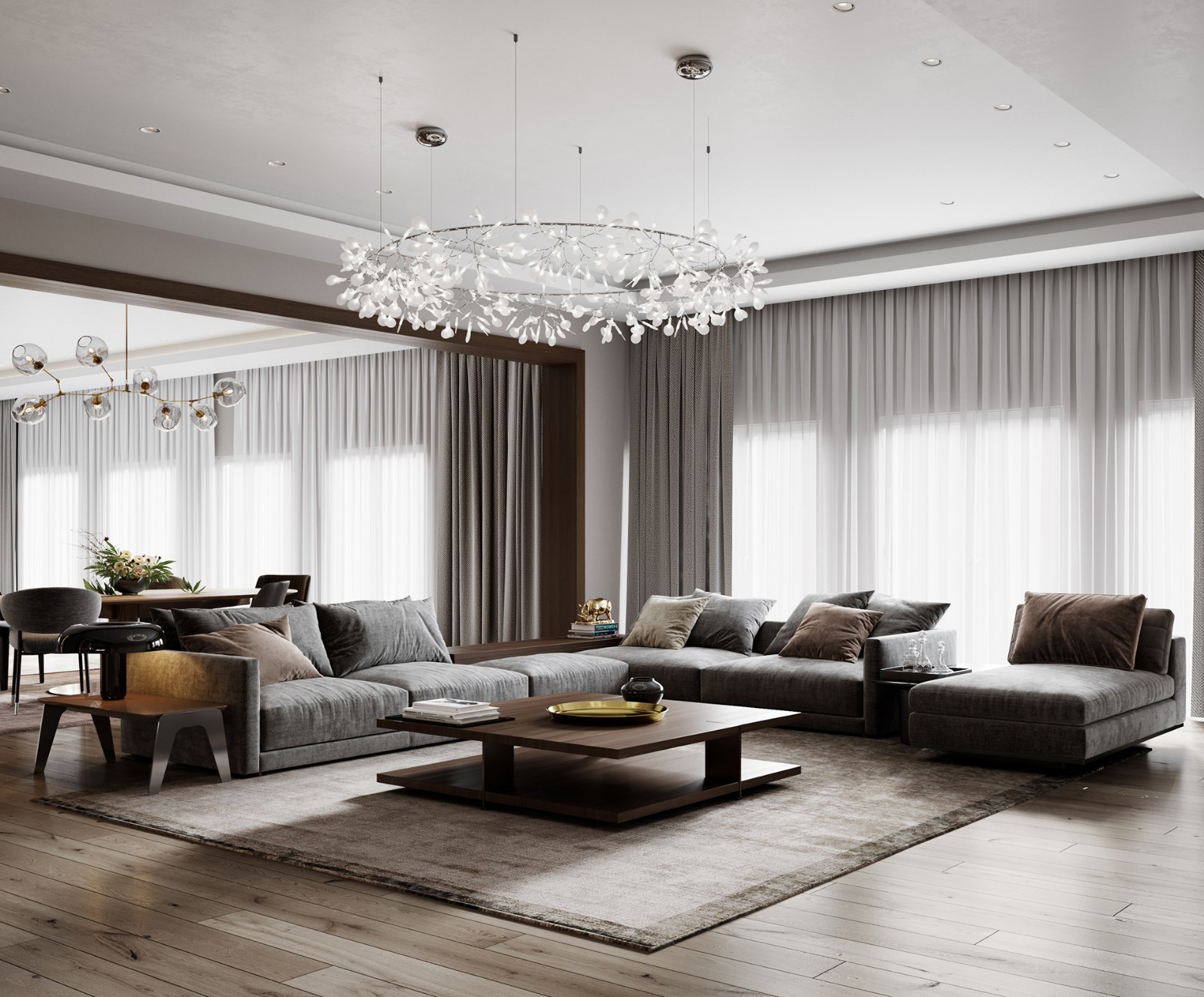Where Is The Toilet, Please M2.senos
2017-11-03 02:00
© Nelson Garrido
尼尔森·加里多


架构师提供的文本描述。墓地里的洗漱用品似乎不是最吸引人的项目。即使是设计简报也不行。即使是为了这个地方。即使是预算也不行。然而,对我们来说,这是令人兴奋的!我们曾经去过那里几次,我们总是感到不舒服,看着地板,尽量不要在巨大的大理石石头之间的狭窄小路上绊倒。因此,当我们被要求修复洗漱用品(旧建筑)时,似乎是第一次在那里。我们看到了等级、街道、小径、广场、教堂、入口和出口、树木、石头和绿色花坛…。多么漂亮和有条理!
Text description provided by the architects. Toilettes in a cemetery do not seem to be the most appealing projects. Not even for the design brief. Not even for the place. Not even for the budget. Nevertheless, for us, it was exciting! We have been there a few times before and we were always uncomfortable, looking at the floor trying not to stumble in the narrow paths between the great marble stones. So when we were asked to do the rehabilitation of the toilettes (the old building), it was as if it was the first time there. We perceive the hierarchies, the streets, the paths, the square, the church, the entrances and the exits, the trees, the stones, and the green flowerbeds… How beautiful and organized!
© Nelson Garrido
尼尔森·加里多


这座(旧的)建筑是巨大的,完全脱离了环境,巨大的平屋顶几乎触及教堂。从墓地的南面入口看到这种情景是一种“亵渎神明”的行为。我们所做的只是缩小规模和总结信息。创造抽象对象的抽象练习:没有门,没有窗户,没有棚屋或门廊。使用瓷砖涂层的想法是自然产生的。很明显,瓷砖必须是绿色的。对象应该更多地与自然元素相关,而不是那些被建造的元素,突出教堂是如此的近距离。要做到这一点,要创造一个统一和中立的物体,瓷砖必须覆盖整个建筑物,从正面到屋顶。但随之而来的是现实:技术和经济现实-这是正确的!
The (old) building was huge and absolutely out of the context, with vast flat roofs that almost touch the chapel. It was a “sacrilege” to see this scenario from the south entrance of the cemetery. All we did was to reduce the size and to summarize the information. An abstract exercise to create an abstract object: no doors, no windows, no sheds or porches. The idea of using ceramic tile coating came naturally. And it was evident: the ceramic tiles had to be green. The object should be more related to the natural elements, and less with the constructed ones, highlighting the church that is so closeby. To achieve this, to create a uniform and neutral object, the ceramic tile must coat the entire building, from the facades to the rooftop. But then comes the reality: technical and economic reality – and rightly so!
© Nelson Garrido
尼尔森·加里多


Demolition/Reconstruction
拆除/重建


© Nelson Garrido
尼尔森·加里多


工人们不知道怎么做。时间表呢?贵吗?这个设计解决了一切问题!我们还添加了一些膏体,以优化瓷砖的定型,减少技术上的困难。团队合作!通过正面的两块提取物,我们进入了大楼。在南面,我们使用新的设施来支持墓地工作人员。正门是从北到中央的空间,在建筑物内,但具有外部特征,指出了自然光和葡萄牙人行道在地板上(围绕建筑物的连续性人行道)。这里有洗脸盆,是一个为关键区域工作的空间,在女性、男性和无障碍设施之间。
The workers did not know how to do it. And the time schedule? Was it expensive? The design solves everything! We add some plasters to optimize the stereotype of the tiles and to reduce the technical difficulties. A teamwork! Through the two extracted mass on the facades, we get in the building. On the south side, we access the new facilities for supporting the cemetery workers staff. The main entrance is from the north and takes us to the central space, inside the building, but with exterior features, pointed out by the natural light and the Portuguese Pavement on the floor (the sidewalks that surround the building continuity). Here, there are the washbasins and is a space that works for a pivotal area, between the female, male and accessible facilities.
© Nelson Garrido
尼尔森·加里多


这是一座没有技术的建筑,这意味着风(由南北方向加强)能够除湿和更新空气。在原有的墙壁上,我们有一个带有白色釉的木屋顶桁架。所有的内部都是白色的,通过天窗有自然的照明,这增强了发光的舒适性。大理石洗脸盆与墓地的户外物品相匹配。蜡烛燃烧器是一个坚固和抵抗的部分,黑色油漆铁,尽管微妙的设计。作为一个整体,这两个对象加强了等级网络的墓地,而不是停止,规模和合成单位,加上它的一个“盐和胡椒摇动器”。
This is a building without technology, which means that is the wind (strengthened by the north-south orientation) that dehumidifies and renews the air. Sating on the pre-existing walls we have a timber roof truss with a white glaze. All the interiors are white and have natural lighting through skylights, which reinforces luminous comfort. The marble washbasins match with the outdoor objects of the cemetery. The candle burner is a sturdy and resistant piece made of black painted iron despite the delicate design. As a whole, these two objects reinforce the hierarchical network of the cemetery, not ceasing to be, of the scale and synthetic unit, plus one of its "salt and pepper shakers".
© Nelson Garrido
尼尔森·加里多




























































Architects M2.senos
Location 3830 Ilhavo, Portugal
Author Architects Ricardo Senos, Sofia Senos
Area 85.0 m2
Project Year 2017
Photographs Nelson Garrido
Category Public Architecture
Manufacturers Loading...
























